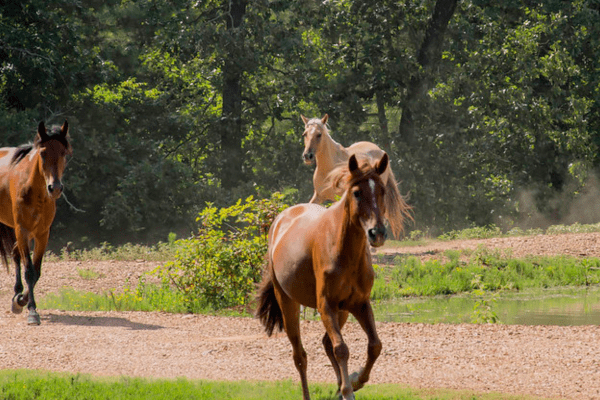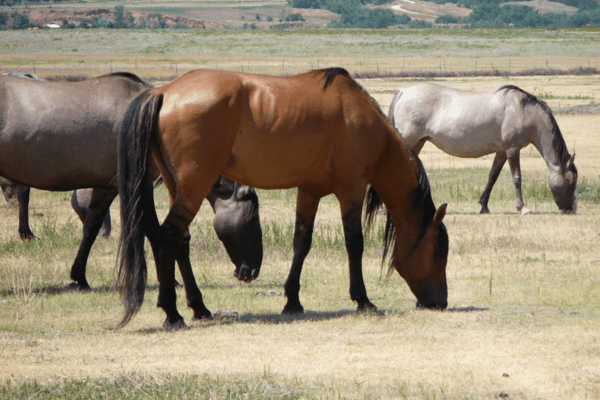The Spanish Mustang, an emblematic breed of American equine heritage, originates from the noble horses introduced by Spanish explorers during the early colonization of the Americas. Distinctly classified within the broader category of Colonial Spanish horses, this breed is noted for its scarcity in contemporary Spain, its ancestral origin.
Pioneering in the realm of equine conservation, the Spanish Mustang was among the first breeds to be actively preserved for its authentic Spanish characteristics. The year 1957 marked a significant milestone in this endeavor with the establishment of a dedicated breed registry, underscoring the breed’s historical and cultural importance.
History:
The Spanish Mustang’s story is one of survival, adaptation and legacy. Hailing from Spain’s Iberian Peninsula origins, these horses first made their appearance in America during Spain’s vigorous conquest and colonization of what is now Mexico in 1519. As 16th-century expansion continued northward across Rio Grande rivers into Great Plains and Rocky Mountain regions they soon established lasting influences across this vast territory.
The history of the breed in North America is intertwined with that of numerous Native American tribes such as Apaches, Comanches, Utes and Shoshone who were famous for their horsemanship skills and had an important part to play in dispersing and breeding these horses that later became integral components of their way of life.
At the turn of the 20th century, Spanish Mustangs faced extinction. Dedication among individuals such as Robert E. Brislawn of Oshoto Wyoming, his brother Ferdinand L. Brislawn from Gusher Utah and Gilbert Jones and Ilo Belsky proved essential in saving this breed, collecting horses from feral herds as well as Native American reservations that displayed its distinctive Spanish characteristics and collecting them all together for preservation efforts.
Buckshot and Ute were chosen to spearhead this conservation effort; their bloodlines trace back to Monty, representing the breed’s wild spirit. Unfortunately, Monty escaped captivity in 1944, never to return again.
Establishment of the Spanish Mustang Registry in 1957 by Brislawns and Lawrence P. Richards marked an important step toward formalizing preservation efforts of this breed. Though differences over breed standards led to formation of Southwest Spanish Mustang Association in 1977 and other registries, commitment remained undiminished to preserve this breed’s legacy.
A groundbreaking 2006 genetic study demonstrated the Spanish Mustang’s direct connection to its Iberian ancestors. This link not only celebrates their rich history but also cements it as a living legacy of Spain’s influence in North America – serving as a living reminder of cultural intermixture, historical resilience, and the unique relationship between humans and horses.


Characteristics:
One of the hallmark features of a Spanish Mustang is their physical resilience and endurance. Boasting compact bodies, sturdy legs, and broad chests designed for endurance and agility, these breeds typically stand between 13.2-15 hands (4 inches equal one hand).
Their hooves are hard and well-shaped which enables them to traverse rough terrains easily while their hoof pads tend to be hard and well shaped allowing for easy traversal across uneven terrains. Typically standing between 13.2-15 hands in height they make them smaller more agile than many other breeds.
The Spanish Mustang can be distinguished by a range of coat colors, such as bay, black, chestnut dun grullo palomino and pinto. Their manes and tails often add an impressive visual.
But beyond physical characteristics these horses are known for their intelligent and willing personalities as quick learners with great adaptability for various disciplines such as trail riding or cattle work.

